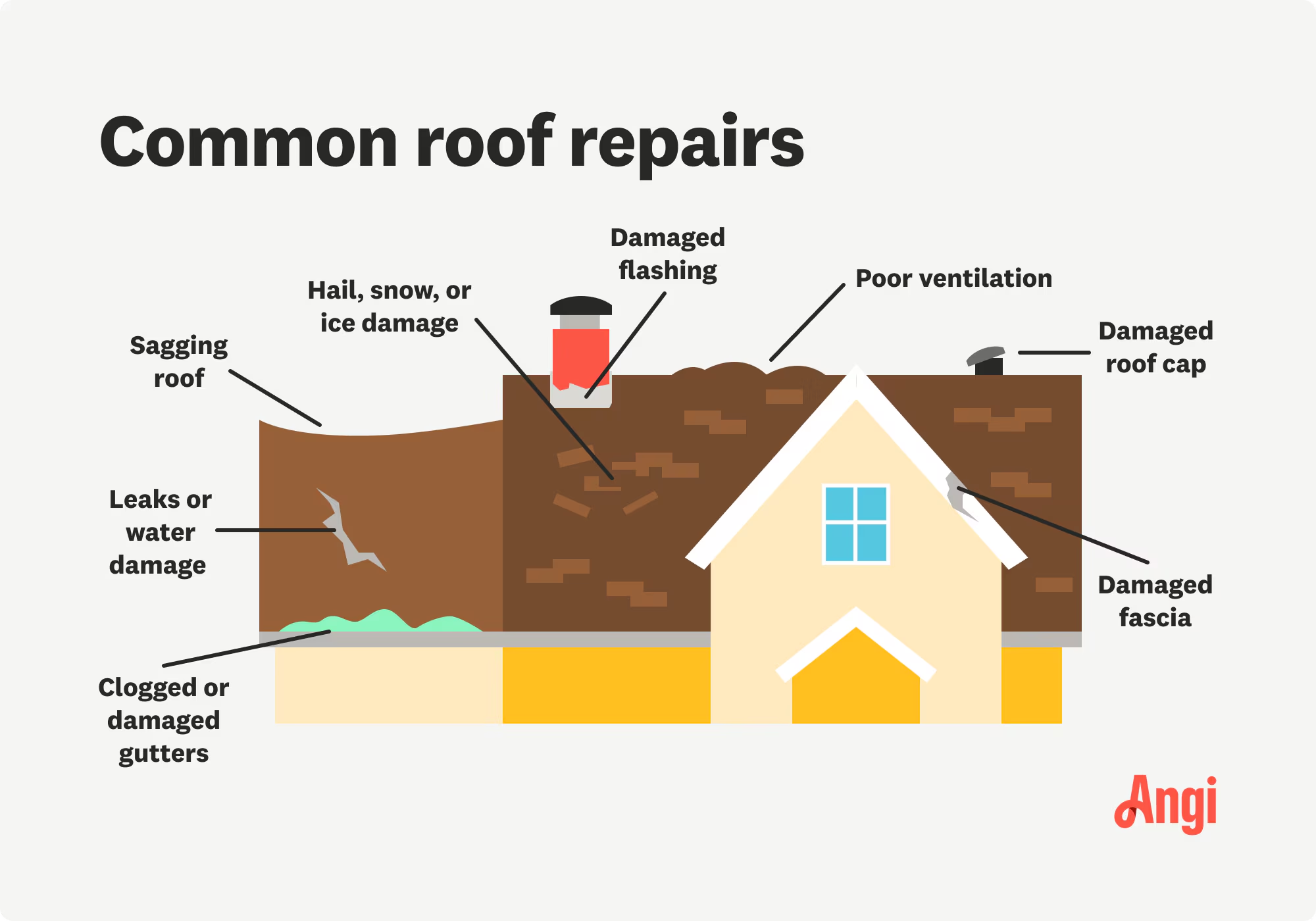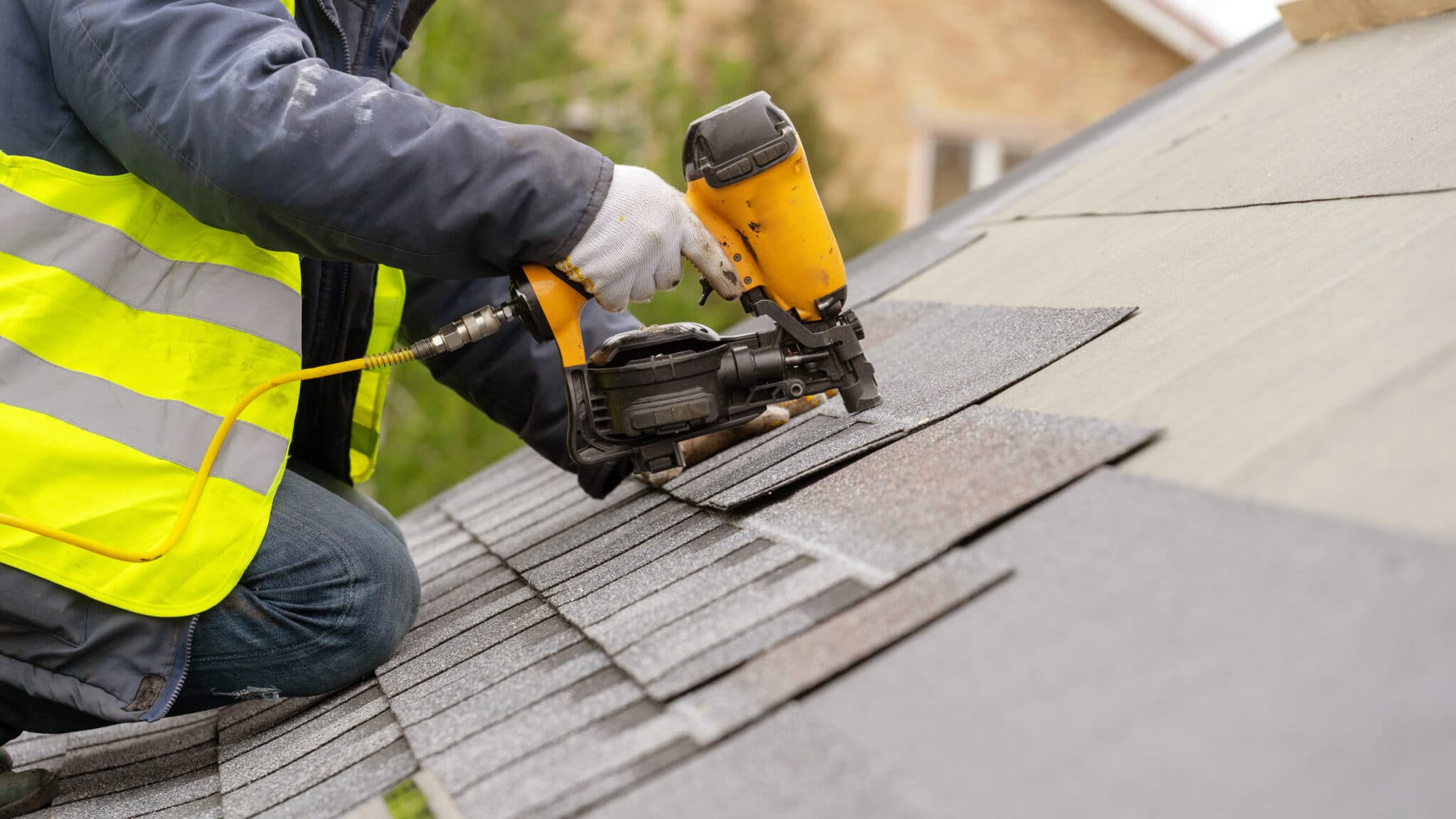Roofers Oahu: Specialist Roof Installations and Repairs
Wiki Article
Comprehending the Different Types of Roofing Systems: A Comprehensive Guide for Homeowners
In the world of homeownership, choosing the ideal roof covering style is a choice that brings considerable effects for both capability and visual appeal. With a range of choices-- ranging from the conventional gable to the contemporary flat-- each type presents unique advantages and challenges that must straighten with the home owner's particular needs and environmental factors to consider. Comprehending these distinctions not only help in making an enlightened selection yet additionally affects long-lasting maintenance and power effectiveness. As we explore the complexities of various roof types, it becomes evident that dimension does not fit all; the best choice might stun you.Saddleback Roof
Saddleback roofs, defined by their triangular form, are amongst the most preferred roofing designs due to their simplicity and effectiveness in losing water and snow. This style includes two sloping sides that fulfill at a ridge, enabling effective drainage and lessening the risk of water build-up. The high pitch typically associated with saddleback roofs enhances their capability to take care of heavy rainfall, making them ideal for various environments.In enhancement to their useful advantages, saddleback roofs use visual convenience. They can be adapted to different architectural designs, from conventional to modern-day homes. The layout can also fit added features such as dormer windows, which improve all-natural light and air flow in the attic room space.
In addition, saddleback roofs supply enough room for insulation, contributing to energy effectiveness. Homeowners can pick from a range of roof materials, including asphalt roof shingles, metal, and ceramic tiles, even more enhancing personalization alternatives.
Regardless of their benefits, gable roofs might call for additional support in areas prone to high winds or heavy snowfall. Overall, the saddleback roof remains a popular option as a result of its mix of capability, durability, and visual allure.
Apartment Roofs
Flat roof coverings are often recognized for their minimal layout and sensible applications, specifically in commercial and industrial settings (oahu roofing). These roofs feature a horizontal or nearly straight surface area, which permits very easy building and flexible space application. While they might do not have the aesthetic appeal of pitched roof coverings, level roofing systems provide various benefits, particularly in metropolitan environments where optimizing room is crucialAmong the primary advantages of flat roofings is their availability. Homeowners can make use of the roof covering room for numerous purposes, such as rooftop yards, balconies, or photovoltaic panel installations. In addition, level roofing systems are commonly more affordable to keep and mount contrasted to their sloped equivalents, as they require fewer products and labor.
Nonetheless, flat roof coverings do present certain challenges. Appropriate water drainage is vital to avoid water merging, which can bring about leaks and architectural damage. Thus, selecting top notch waterproofing products and normal assessments are vital for making sure durability. Usual materials used for level roofing systems include built-up roof (BUR), customized asphalt, and single-ply membranes, each offering distinctive benefits. In general, flat roofs function as a versatile and functional choice for many home owners and businesses alike.
Hip Roofs
Hip roofings are characterized by their sloped sides that merge at the top, forming a ridge. This layout stands out from saddleback roofs, as all four sides of a hip roofing incline downwards toward the walls, providing a more secure framework. The angle of the slopes can differ, enabling adaptability in building appearances and performance.One of the main advantages of hip roofs is their capability to hold up against heavy winds and damaging climate condition. The sloped surface areas make it possible for far better water drainage, minimizing the danger of leaks and water damages. Additionally, hip roof coverings use enhanced attic room room, which can be utilized for storage space and even exchanged livable locations.
Nevertheless, creating a hip roofing can be extra intricate and expensive than simpler roof kinds, such as gable roofing systems. The added product and labor associated with producing the inclines and guaranteeing appropriate structural stability can result in greater expenses. In spite of these disadvantages, many house owners prefer hip roofs for their sturdiness, aesthetic allure, and capacity for power performance.
Mansard Roofing Systems
Mansard roofs, typically recognized by their special four-sided style, feature 2 slopes on each side, with the reduced incline being steeper than the top. This building design, originating from France in the 17th century, is not just visually appealing however useful, as it makes the most of the useful area in the upper floorings of a building. The steep reduced incline permits for more headroom, making it a suitable choice roofers oahu for attics or lofts, which can be transformed right into living spaces.Mansard roofs are defined by their versatility, accommodating different architectural designs, from typical to modern. They can be constructed with various materials, consisting of asphalt roof shingles, slate, or steel, giving home owners with a series of choices to suit their choices and spending plans. Furthermore, the style allows for the assimilation of dormer home windows, enhancing natural light and ventilation in the top levels.
Nevertheless, it is important to think about the potential downsides. Mansard roof coverings may require more upkeep as a result of the intricacy of their style, and their high slopes can be testing for snow and rain drainage. In general, mansard roofings combine sophistication with usefulness, making them a preferred selection amongst house owners seeking unique architectural attributes.
Shed Roof Coverings
As home owners significantly seek simpleness and functionality in their architectural layouts, shed roofing systems have become a popular option. Identified by a solitary sloping aircraft, a shed roof offers a minimal visual that enhances various home designs, from contemporary to rustic.One of the main advantages of a shed roof is its simple building and construction, which commonly translates to reduce labor and product expenses. This layout enables for reliable water drain, decreasing the risk of leakages and water damages. Furthermore, the vertical slope supplies adequate area for skylights, enhancing all-natural light within the interior.
Shed roofs likewise use adaptability in regards to usage. They can be efficiently incorporated into additions, garages, or exterior structures like sheds and structures. Furthermore, this roof covering style can accommodate different roof covering materials, including steel, asphalt roof shingles, or also eco-friendly roofing systems, aligning with green initiatives.
However, it is important to think about regional environment conditions, as heavy snow lots may necessitate modifications to the roof's angle or structure. Generally, dropped roofs offer a sensible and aesthetically pleasing choice for homeowners aiming to take full advantage of functionality without jeopardizing style.
Conclusion


Gable roof coverings, defined by their triangular shape, are among the most popular roof styles due to their simplicity and effectiveness in dropping water and snow. oahu roofing. The high pitch generally connected with gable roof coverings boosts their ability to handle heavy precipitation, making them appropriate for various environments
While they might lack the visual allure of pitched roofs, level roofings provide numerous benefits, specifically in metropolitan atmospheres where maximizing area is critical.

Report this wiki page